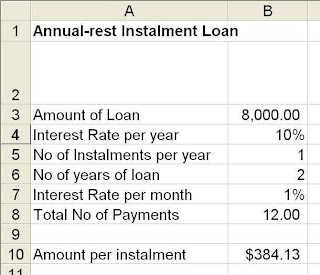Forex trading is a wide market place for selling and buying currencies and is also known as over-the-counter trading market. Global money managers, international money brokers, registered dealers, huge multinational corporations, private speculators and traders are the participants who are mostly involved in Forex markets.
A market order type is basically an order which is carried out to sell and buy at the current market price. Those customers, who are using AC Markets’ online currency trading platform, can click on the selling and buying button after completion of a specific deal size. The execution of the order is instantaneous, which means that the customer gets the same price as seen at that point of time.
The process of Forex trading involves certain steps that include:
A customer specification to the dealer about the deal size and currency pairThe dealer basically gives a two-way price, one is the Ask for price and the other is by biddingThe customer may ask for re-quote The dealer then confirms the trade. Usually under normal market circumstances ACMarket dealers respond to market orders within five to ten seconds.
Limit order is also an order which is basically placed to buy and sell at a certain price. This order contains two components, namely duration and price, where the trader specifies the price at which he wants to sell or buy a certain currency price.
Stop orders are also placed in order to buy and sell at a specified amount or price containing same two variables, duration and price. This order is basically used for a limit loss potential on a transaction. An OCO which is an acronym for ‘Order cancels Other’ stands for an order which is a mixture of two limit or stop orders. Two orders having price and duration variables are also placed below and above the current price.
For more information on Forex Currency Exchange, Online Currency Trading, Online Forex Market, Forex, Forex Trading, Online Forex Trading, Online Forex Currency Trading, Silver Trading and Forex Exchanges, visit www.ac-markets.com
About the Author Atraczion is a well-known author who has been writing for Ac-markets.com, the leading Online Market Forex company based in the Switzerland. Ac-markets.com provides services about Online Forex Market Trading, Forex Currency Trading, silver trading, Online Currency Trading, offering the most competitive, transparent,simple execution to the forex foreign exchange trader.







